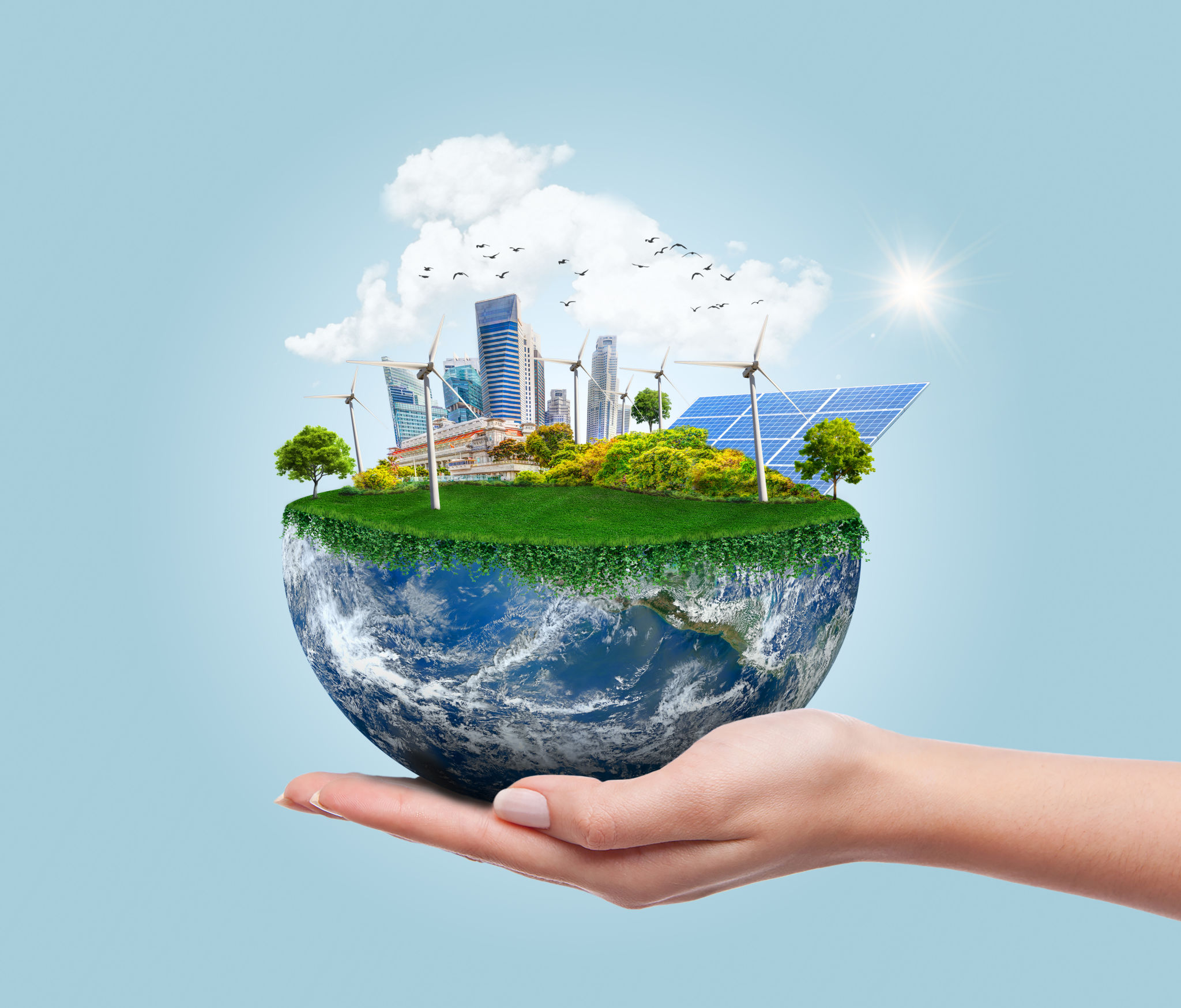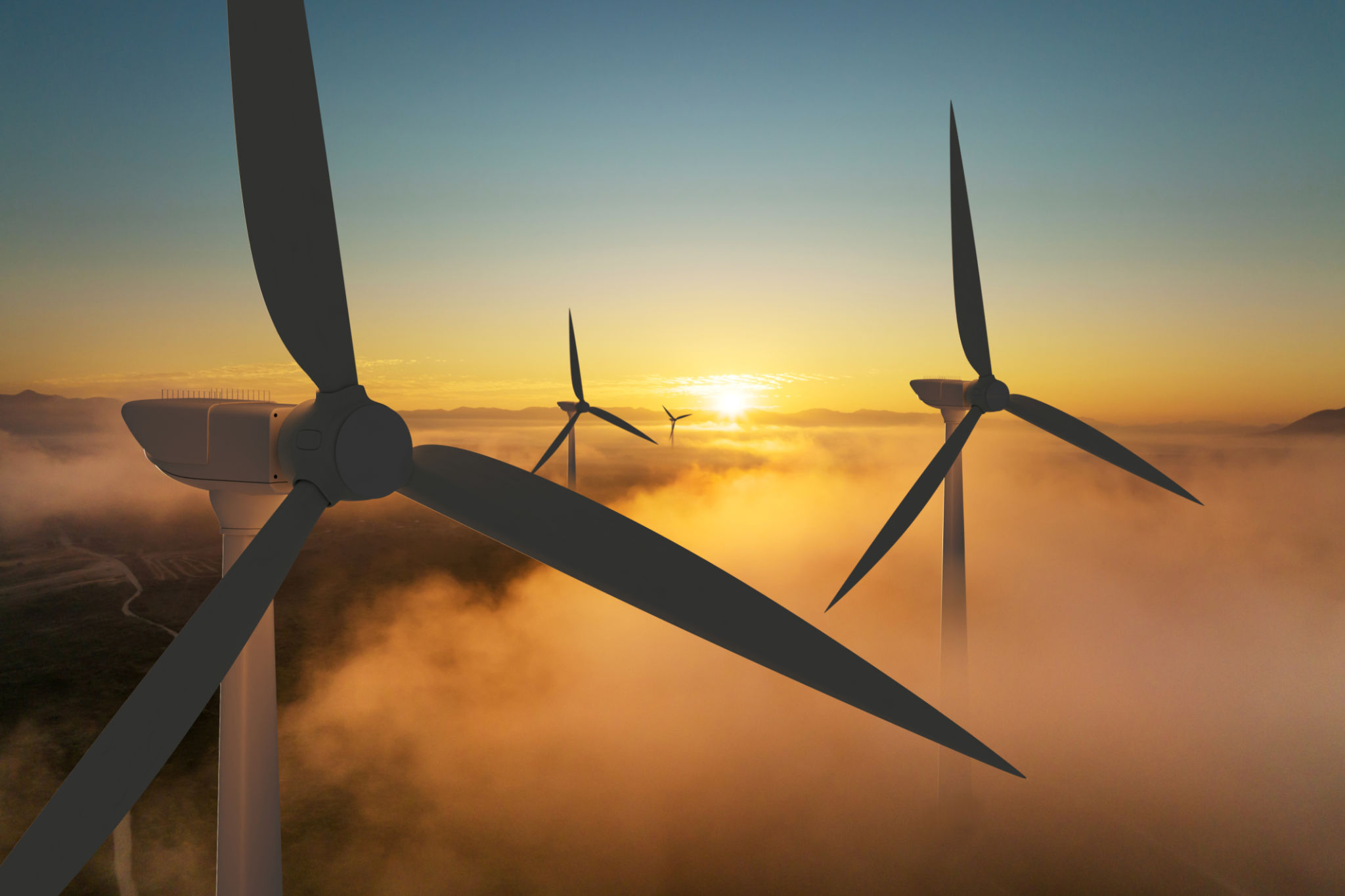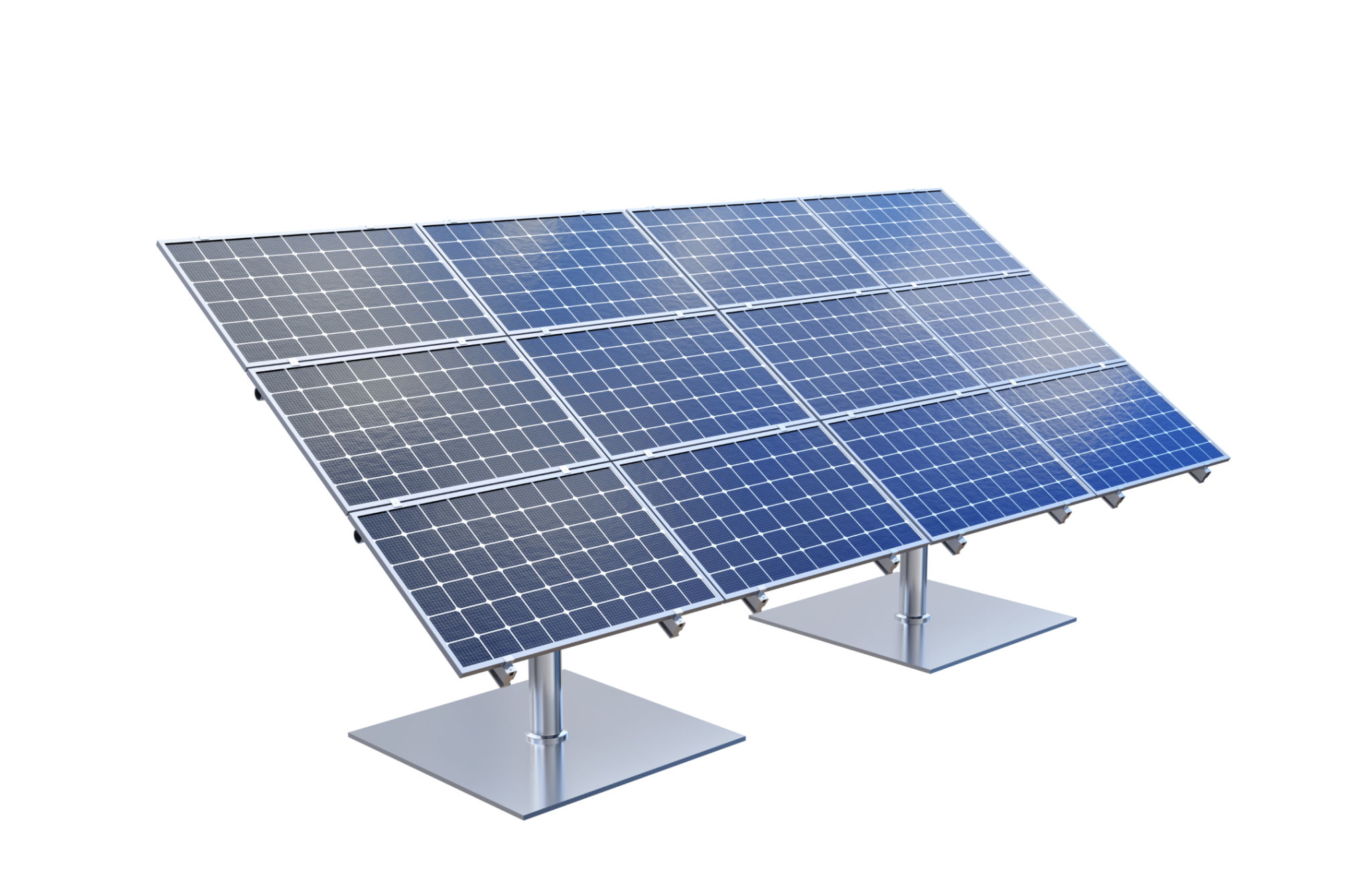Overcoming Common Clean Energy Myths: What You Need to Know
Understanding Clean Energy: Debunking the Myths
The transition to clean energy is a hot topic in today's world, but it's often shrouded in misconceptions. These myths can cloud judgment and stall progress. In this post, we'll tackle some of the most common myths surrounding clean energy and provide clear, factual information to dispel them.

Myth 1: Clean Energy Is Too Expensive
A prevalent misconception is that clean energy technologies are prohibitively expensive. However, the cost of renewable energy sources like solar and wind has decreased dramatically over the past decade. According to the International Renewable Energy Agency (IRENA), the cost of solar photovoltaics has fallen by 82% since 2010. Investing in clean energy not only benefits the environment but also offers long-term economic savings.
Moreover, as technology advances and production scales up, these costs continue to decrease, making clean energy more accessible than ever before. Governments and businesses are recognizing the potential savings, leading to increased adoption globally.
Myth 2: Clean Energy Cannot Meet Global Demand
Another common myth is that renewable energy sources cannot provide a reliable power supply for the world's energy demands. While it's true that solar and wind are intermittent sources, advancements in energy storage technologies are rapidly improving their reliability.

For example, battery storage systems are becoming more efficient and cost-effective, allowing excess energy generated during peak production times to be stored for later use. Additionally, a diversified energy grid that combines different renewable sources can ensure a steady supply of power.
Myth 3: Renewable Energy Harms the Environment
Some critics argue that the production and disposal of clean energy technologies harm the environment. While manufacturing solar panels and wind turbines does have an environmental footprint, it is significantly smaller compared to fossil fuel extraction and burning. Furthermore, research and innovation are continually improving the sustainability of these processes.
For instance, advancements in recycling technologies for solar panels and turbine blades are reducing waste and maximizing resource use. The overall environmental benefits of reducing reliance on fossil fuels far outweigh the negatives of manufacturing clean energy technology.

Myth 4: Transitioning To Clean Energy Causes Job Losses
There's a concern that moving towards renewable energy will lead to massive job losses in traditional energy sectors. However, the clean energy sector is actually a significant driver of job creation. According to IRENA, the renewable energy sector employed over 11 million people worldwide in 2018, and this number continues to rise.
Clean energy jobs range from manufacturing and installation to maintenance and research. As the industry grows, it presents numerous opportunities for workers to transition from fossil fuel-based industries to renewable sectors.
The Path Forward
Understanding these myths is crucial for making informed decisions about our energy future. Transitioning to clean energy is not only feasible but necessary for sustainable development. As more individuals and policymakers recognize the potential of renewables, we can look forward to a cleaner, more sustainable world.
By educating ourselves and dispelling misconceptions, we can embrace the clean energy revolution with confidence and enthusiasm. The time to act is now, and together, we can make a significant impact on our planet's future.